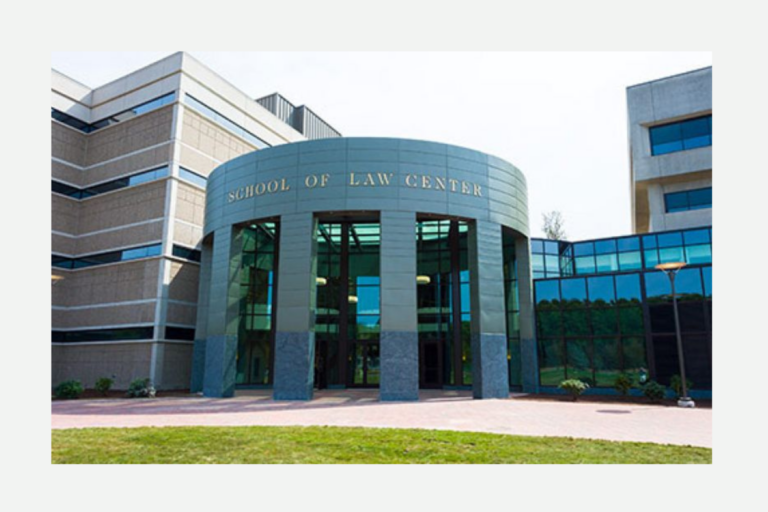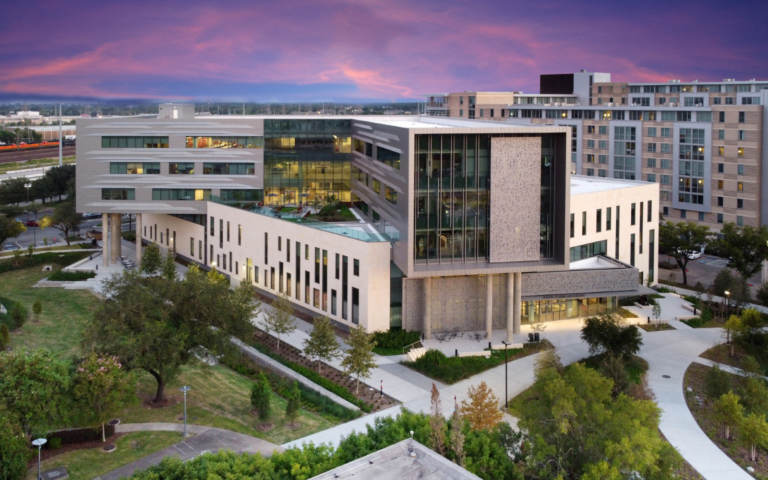The two Rutgers law schools will merge into one unified school with two locations — Camden and Newark — assuming the American Bar Association approves the action this summer.
“This merger represents an unprecedented and ambitious play in legal education,” said Rutgers Law–Camden Acting Dean John Oberdiek. “We believe strongly under this new model, that there are increased opportunities for students at each location to advance their career searches and to learn from a wider selection of world-class Rutgers faculty.”
The two public schools were previously one school, until they separated in 1967. The law schools began to discuss reunification in 2011. But in 2012, Gov. Christie proposed merging Rutgers-Camden into Rowan University. That proposal led to protests by faculty and students and was eventually defeated.
The merger comes amid a number of other changes in legal education. William Mitchell College of Law has announced plans to merge with Hamline University, both in St. Paul, Minn. Widener University recently announced it will separate its two campuses in Wilmington, Del. and Harrisburg, Penn. Also, Pennsylvania State University recently was approved to separate its two campuses in Carlisle and State College, Penn.
The combined Rutgers campus will feature more than 100 faculty members and 1,000 students. Leaders are hopeful the merger will improve the reputation and offerings.
Two co-deans, reporting to chancellors at each university in Camden and Newark, will lead the merged Rutgers Law School. The co-deans will maintain their individual lines of authority, reporting to the chancellor of Rutgers University-Newark or of Rutgers University-Camden. They will work with both chancellors and also work collaboratively with the university senior vice president for academic affairs.
Rutgers University-Camden Chancellor Phoebe Haddon was formerly dean at University of Maryland Francis King Carey School of Law, and served on the Council of the American Bar Association Section on Legal Education and Admission to the Bar.
“Partnership and collaboration represent the future of legal education,” Haddon said. “This merger of Rutgers’ law schools represents something as yet unseen in our nation’s rapidly changing law school environment: two schools, each with distinctive yet equal strengths, coming together to create a comprehensive law school with extraordinary opportunities for learning experiences and career growth.
New distance-learning technology in use for five courses this spring is already uniting the two locations, which are 90 miles apart. Moving forward, Newark and Camden’s state-of-the-art immersive distance education will offer a full suite of courses, giving the merged Rutgers Law School among the most comprehensive curriculums in the nation.
The creation of the Rutgers University Law Review is another milestone achieved during the merger process. After decades of producing separate flagship journals, Camden’s Rutgers Law Journal and Newark’s Rutgers Law Review, this newly merged publication will debut this spring as Rutgers Law School’s flagship journal, jointly run by students from both locations.





